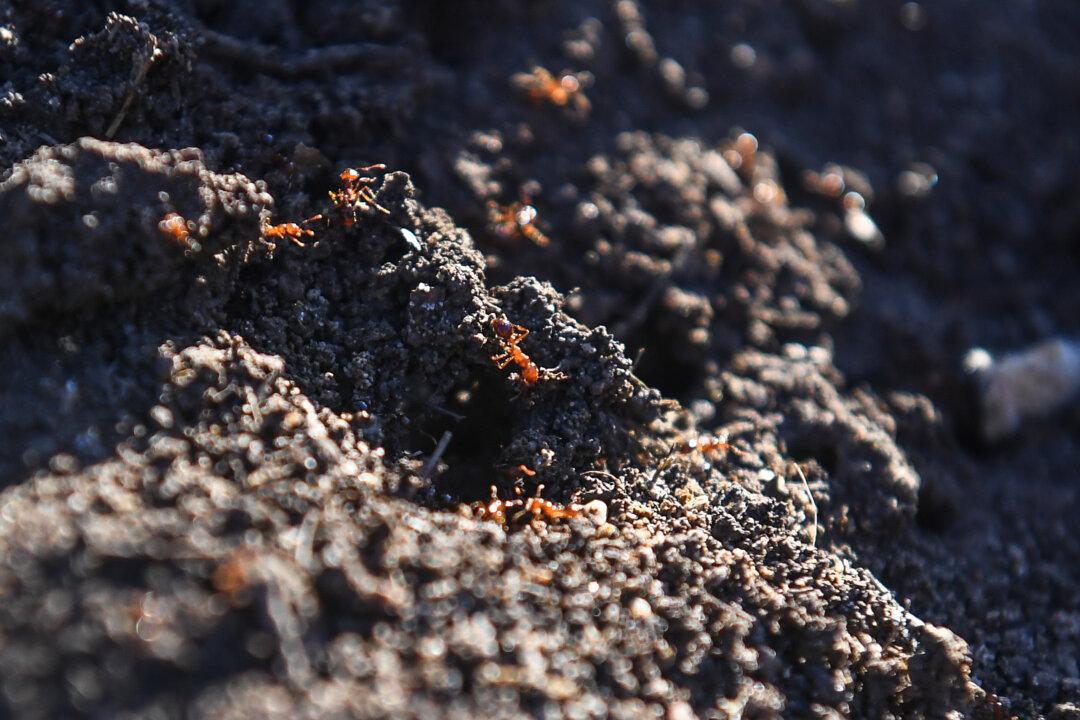Parts of Queensland have as many fire ants as Texas—a hotbed of the uncontrolled infestation that costs the U.S. billions of dollars each year.
Dr Robert Puckett is an American expert on invasive ant species and he’s followed Australia’s efforts to eradicate fire ants since they were discovered in Brisbane 23 years ago.





